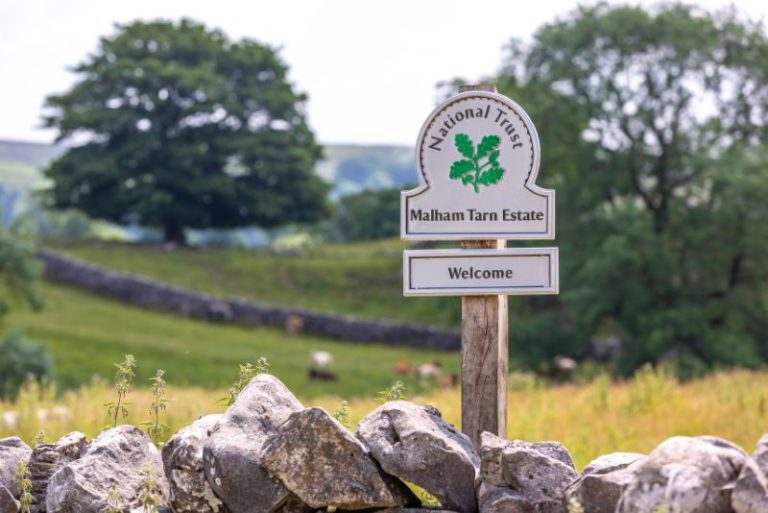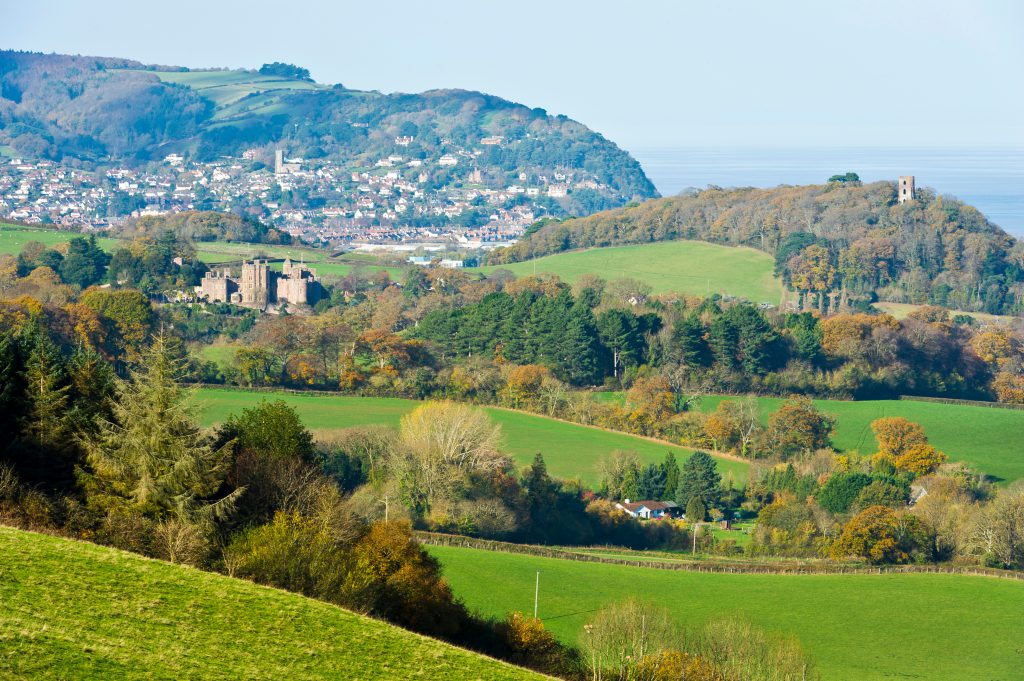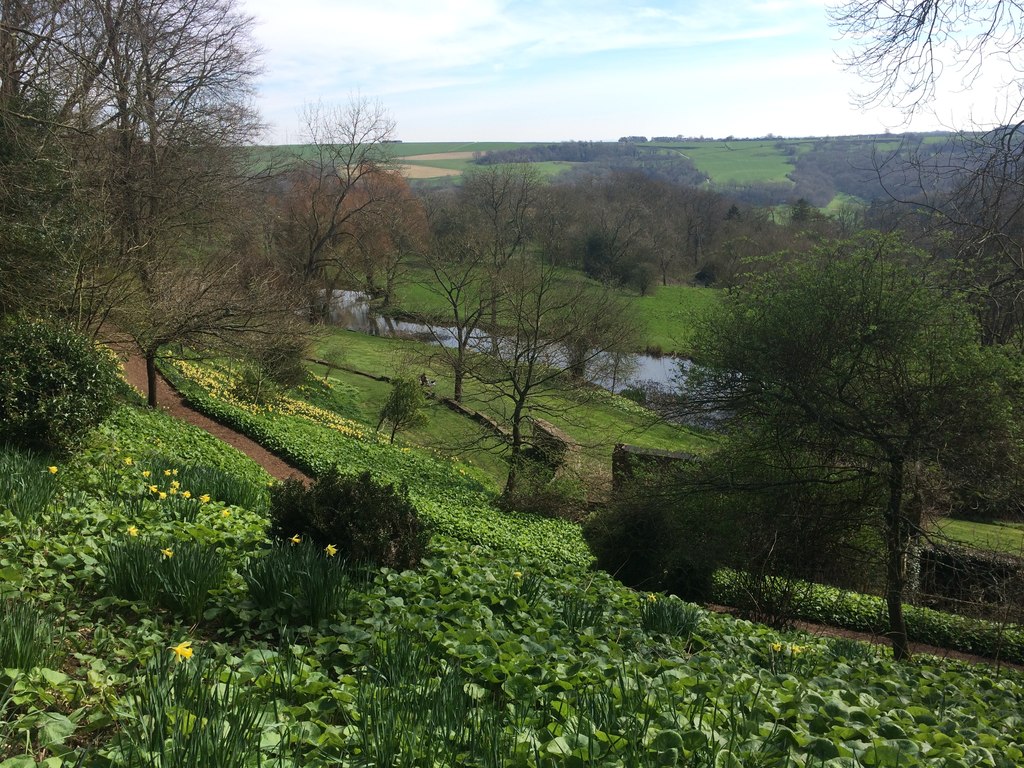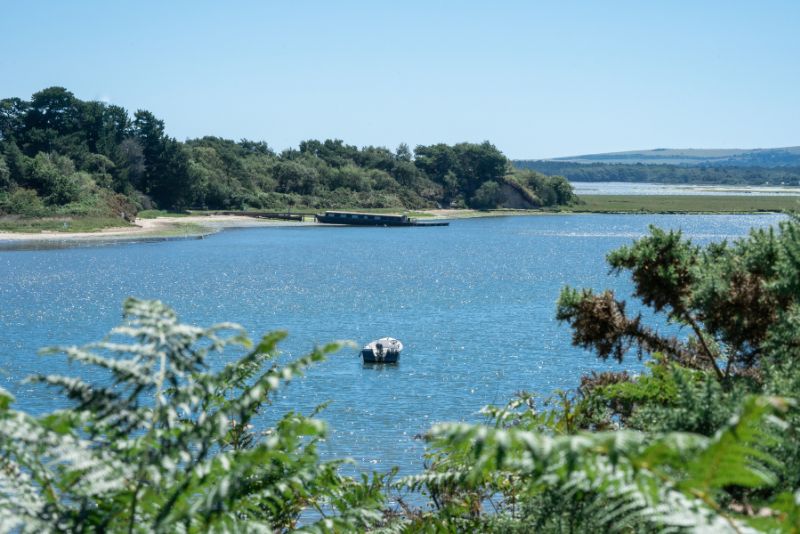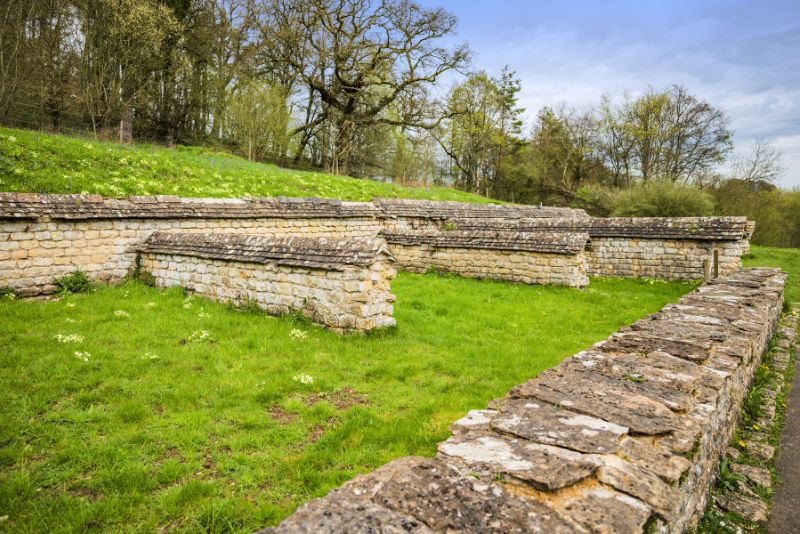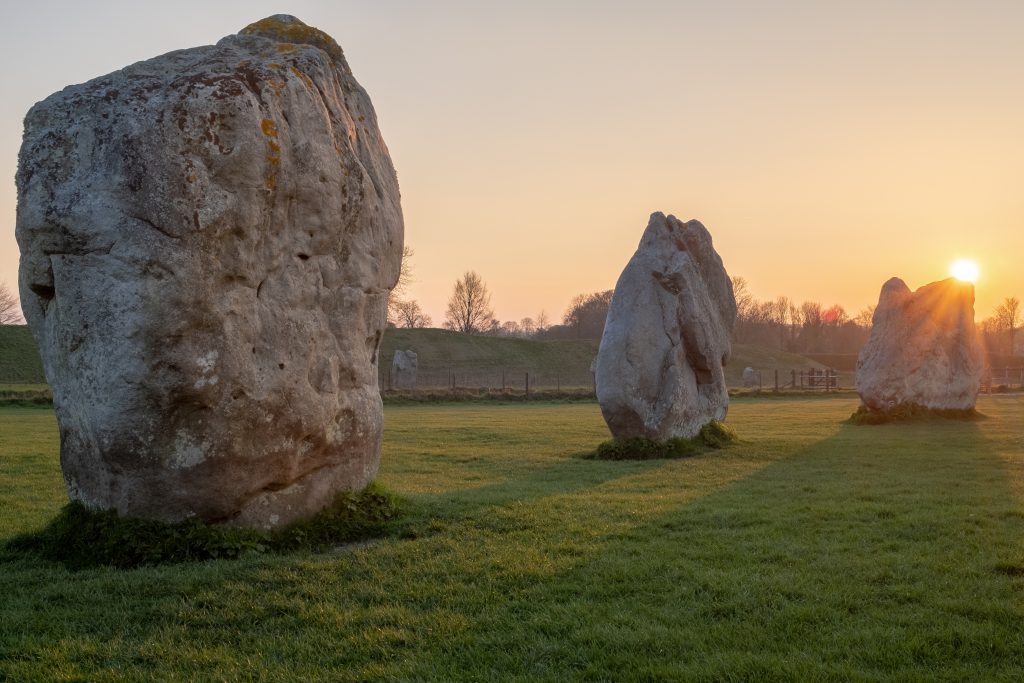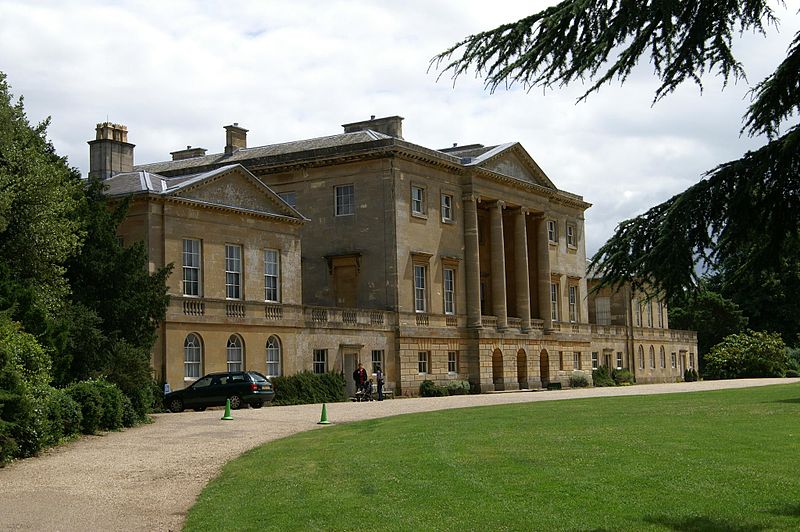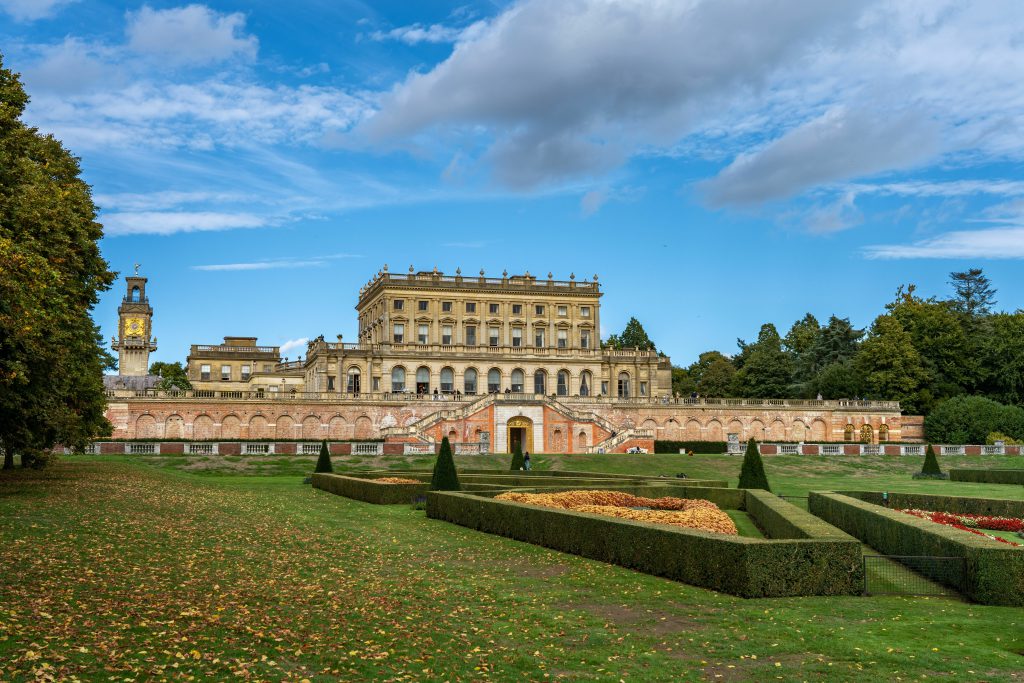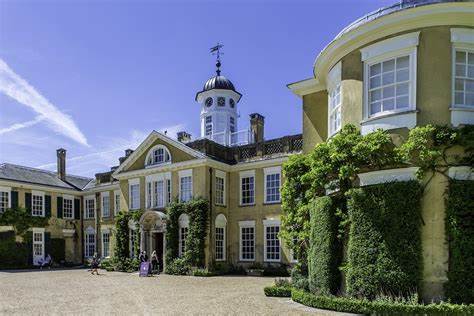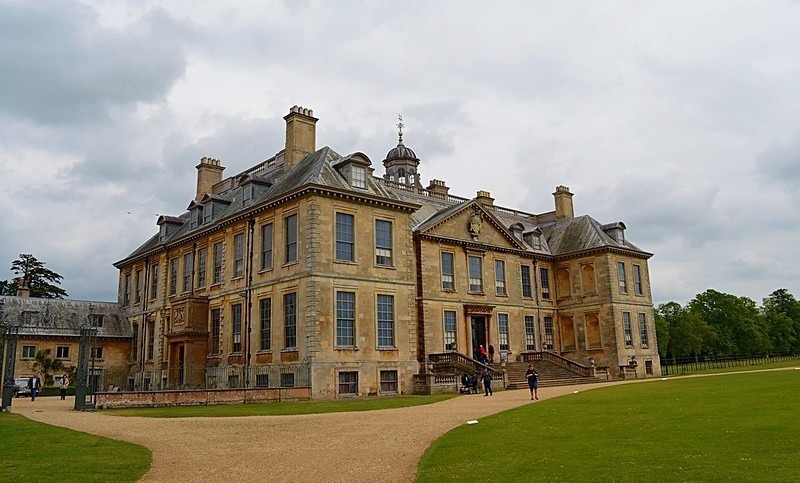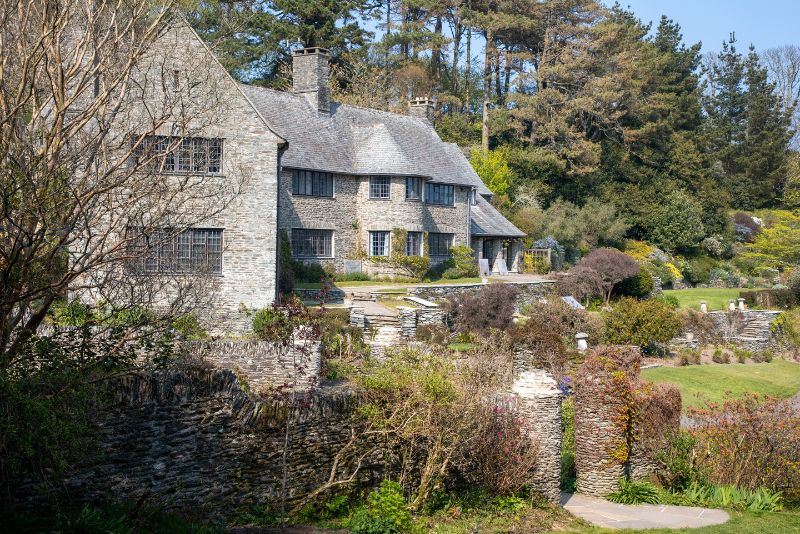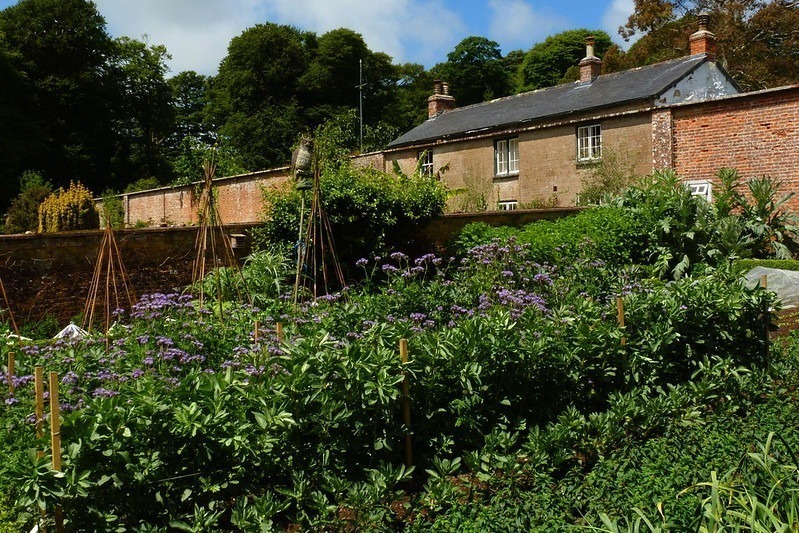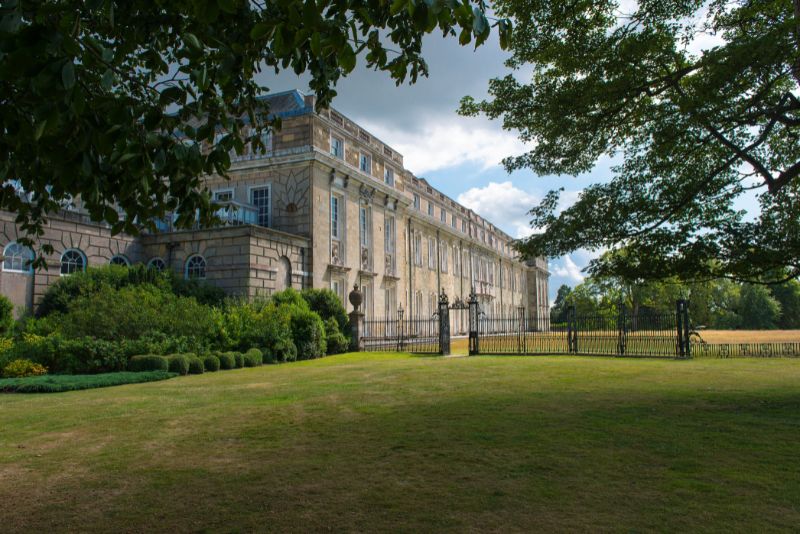Established over 125 years ago, the National Trust is Europe’s largest conservation charity, dedicated to protecting the country’s rich cultural heritage. With a vast network of over 500 properties across the UK, including coastlines, woodlands, countryside and historic buildings, gardens and collections, there is something for everyone!
These remarkable sites are available to visit throughout the year – but with so many to choose from, where should you start? Whether you’re new to the National Trust, or a veteran visitor, there’s always more to discover. That’s why we’ve compiled some of National Trust’s standout locations, based on their unique offerings, including nature, history, and family-friendly fun.
Best National Trust sites for nature & wildlife lovers
Protecting wildlife and natural habitats is a key tenet of the National Trust, so wherever you choose to visit, you won’t miss out on beautiful natural environments. Here are some top picks if you’re in need of inspiration.
Dunster Castle & Gardens, Somerset
Dramatically positioned on a wooded hill, Dunster Castle and Watermill has existed since at least Norman times, with an impressive medieval gatehouse and ruined tower. The terraced garden displays a wide variety of Mediterranean and subtropical plants, taking you on a journey around the world by involving four different microclimates.
The wooded garden below is a tranquil riverside spot leading to a natural play area and historic working watermill. The grounds also boast panoramic views over the Bristol Channel, and surrounding countryside.
Newark Park, Gloucestershire
An idyllic retreat in green hills overlooking the valley of the River Severn, Newark Park is the perfect spot to get away and explore the countryside. The Glade Walk in Newark Park garden leads you from the folly down to the rockery, while the lakeside garden is charming and relaxing.
As well as special native and exotic ornamental trees, you can also spot red kites, kestrels, owls, hares, toadlets and the resident peacocks that roam the gardens.
Brownsea Island, Dorset
Your trip to Brownsea Island starts with a ferry trip from Poole Harbour, but it’s worth the visit! The island is a wildlife haven, home to red squirrels, kingfishers and oystercatchers. There are daily guided tours, free trails, a natural play area, a visitor centre where you can meet the characters that shaped Brownsea, and a historic campsite.
For seafarers, paddleboarders and kayakers, you can make your own way to the island, but must land along the South Shore only, to protect the nesting birds.
Best National Trust sites for history buffs
It’s thanks to the National Trust that we have such an extensive window to the past, helping to preserve and unearth historic treasures. Take a look at some of the standouts below.
Chedworth Roman Villa
Nestled in a stunning Cotswolds valley rests the remains of one of the largest Roman villas in Britain – including two bathhouses, in-situ mosaics and a water shrine. The Victorian Museum displays discoveries made at the villa, which is an active archaeological site, with secrets to uncover still.
As well as the spectacular sites, Chedworth holds events throughout the year, including Gladiator Training and Roman Market Day, so you can truly step back in time and get the full historical experience.
Avebury, Wiltshire
You’ll have heard of Stonehenge, but have you heard of Avebury Stone Circle? This prehistoric stone circle partially encompasses a village, and the collection of monuments demonstrates Neolithic and Bronze Age ceremonial practices. It’s internationally recognised for being a site of such archaeological importance.
What’s more, the site is home to a 16th-Century manor house, refurbished to reflect the lives of its various historical residents, and a Great Barn and dovecote, built from sarsen stone. You can even eat at the onsite restaurant, overlooking the stone circles from above – truly a unique view.
Basildon Park, Berkshire
Saved from demolition and lovingly restored, you may recognise Basildon Park. It’s a popular period piece film set – including the likes of Pride & Prejudice, Marie-Antionette, Downton Abbey and the hit Netflix show, Bridgerton.
As well as the 18th-century Palladian-style mansion, Basildon Park boasts a 400-acre park with waymarked walks, WW2 Nissen Hut remains, historic trees, and a mid-18th century formal garden. Here, a quirky, opulent design style meets the idyllic countryside.
Best National Trust sites for families
National Trust sites are great for adults and children alike, with natural play areas, family-friendly walks, fun activities such as trails, dress-up and shows. But which National Trust properties are best for families?
Cliveden, Buckinghamshire
Set above the River Thames, at Cliveden you can follow in the footsteps of dukes, earls, and royalty, exploring the gardens, riverside and woodland walks. It’s also a one-stop shop for families, with tree trails and tree-top adventure climbing, boating inspired by Wind in the Willows, and a giant maze comprised on 500m of winding paths amongst 2m high hedges!
Each day is different, with pop up events such as live storytellers, musicians and book sales throughout the year. The site is also suitable for dogs, with some restricted areas but plenty of dog-friendly walking routes.
Polesden Lacey, Surrey
Escape to the Surrey hills, just a short while from London to the country retreat of Edwardian socialist Margaret Greville. Alongside her extensive art collections, the beautiful gardens are the perfect place for a picnic, balls games and kite flying.
At the new, natural Kestrel Corner play area, you can soar high on the giant swings, which hang from the strong boughs of the beech trees!
Belton House, Lincolnshire
As well as centuries of history, at Belton you can also explore the ancient deer park, picnic in the pleasure park or burn off energy at the National Trust’s largest outdoor adventure playground.
And the fun doesn’t stop there… the indoor play café offers challenging fun for little ones, and adults the chance to enjoy refreshments in the meantime. You can also take a train ride through the adventure playground, up into the woods and back down again. Under 5’s can tale part in Belton Acorn sessions, with crafts, play, song and outdoor fun.
National Trust best hidden gems
If you’ve already visited our previous suggestions, or you’re looking for even more National Trust sites to visit, how about these distinct spots?
Coleton Fishacre, Devon
Step back into the jazz era and take in the Art Deco elegance of the D’Oyly Carte family home, filled with music and theatrical connections. The RHS-accredited tropical gardens lead into the South West Coastal Path, with incredible views of the rugged coast towards Kingswear.
For families too, there’s plenty of arts and crafts, nature spotting trails, hop-scotch paths and board game fun to be had.
Trengwaiton Garden, Cornwall
In this warm, luxurious garden lie award-winning flowers and exotic species of plants in five sections of walled gardens. There’s a half-mile incline leading to sea views of Mount’s Bay and a kitchen garden reputedly built to the dimensions of Noah’s Ark.
If you’re on the hunt for a truly peaceful spot, Trengwaiton could be for you. Here, the National Trust has set aside two areas for quiet contemplation, free from the distraction of electronic devices, in partnership with the national Silent Space charity.
Petworth House, West Sussex
Journey through a history created by one family over 900 years at the 17th-century Petworth House, including the Gunpowder Plot and Napoleonic Wars. The slate rooms feature paintings and sculptures, and the collection is also home to the earliest English globe in existence.
As well as the historic kitchens and Servants’ Quarters, you can explore the Pleasure Gardens and 700-acre Deer Park designed by ‘Capability’ Brown.
Are National Trust sites accessible?
‘For Everyone, For Ever’ is the National Trust’s pledge, and the organisation says it is constantly working to improve how accessible its sites are. The National Trust Access Guide provides helpful information about each site, and you can also check individual location pages online where accessibility details are explained.
You can also order an Essential Companion card, which allows you to bring up to two carers or friends, free of charge. The card is in your name, so you can bring whomever you choose each time. If you’re not a National Trust member, you’ll still need to pay for your own entry.
Several National Trust sites also offer Sensory Bags, which include fidget toys, ear defenders and other sensory items to help create a calm and comfortable environment. These are available to borrow at some sites and have been compiled based on suggestions from neurodivergent people.
How much is National Trust membership?
Being a member of the National Trust entitles you to free entry to over 500 places in its care, and free parking at most National Trust car parks, plus a handbook and magazine subscription. There is also an app, so you can unlock even more National Trust discoveries on your mobile phone.
Annual membership costs range from:
- £10 for under 17’s
- £42 young person (18-25)
- £84 for adults
- £63 for adults aged 60+ (senior membership)
- £139.20 for joint membership
- £104.40 for joint senior membership
- £91.20 for family membership (1 adult)
- £146.40 for family membership (2 adults)
As you can see, there are various discounts available based on age and buying for a group. Non-members can, of course, still visit National Trust sites, but will have to pay for tickets to the sites, which can vary.

